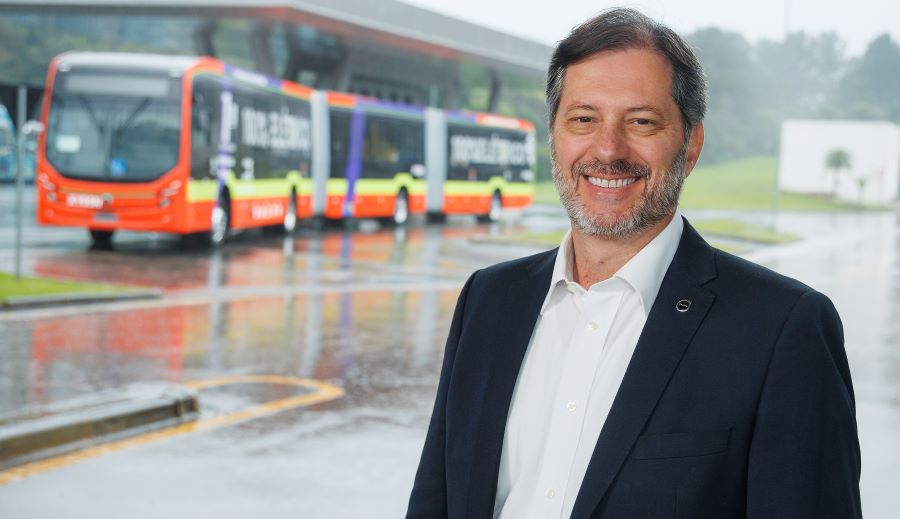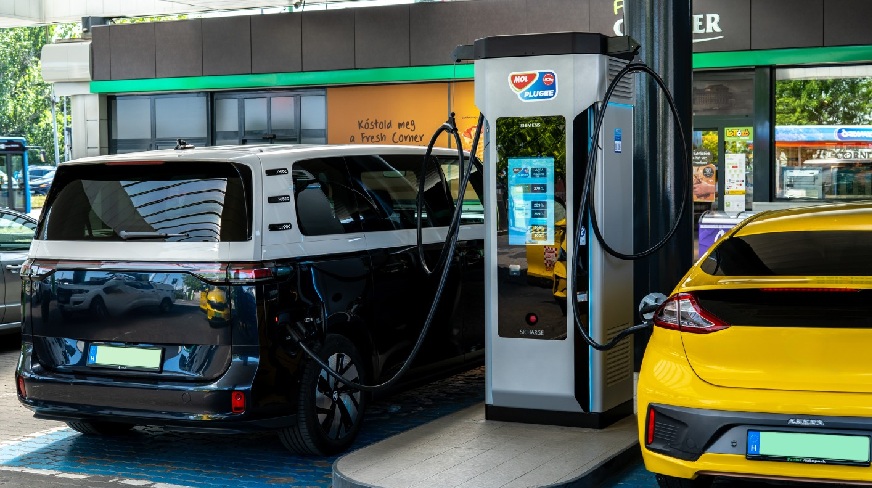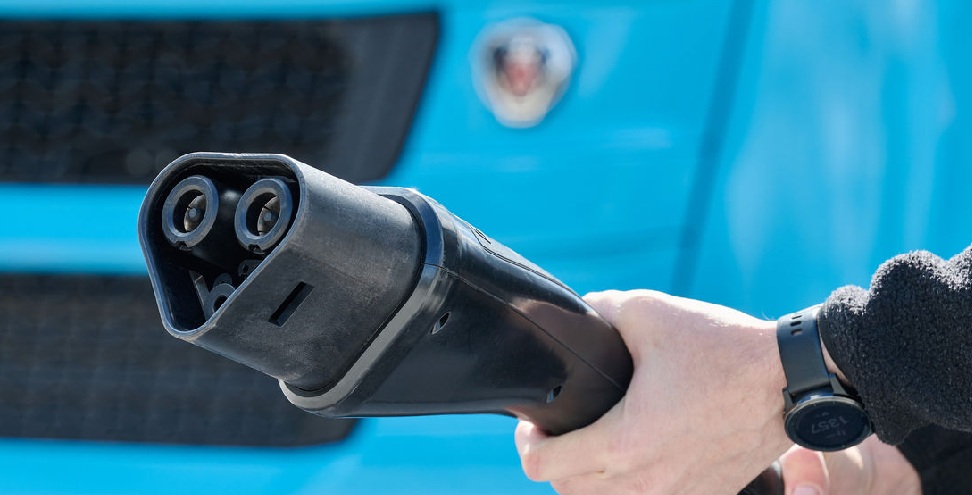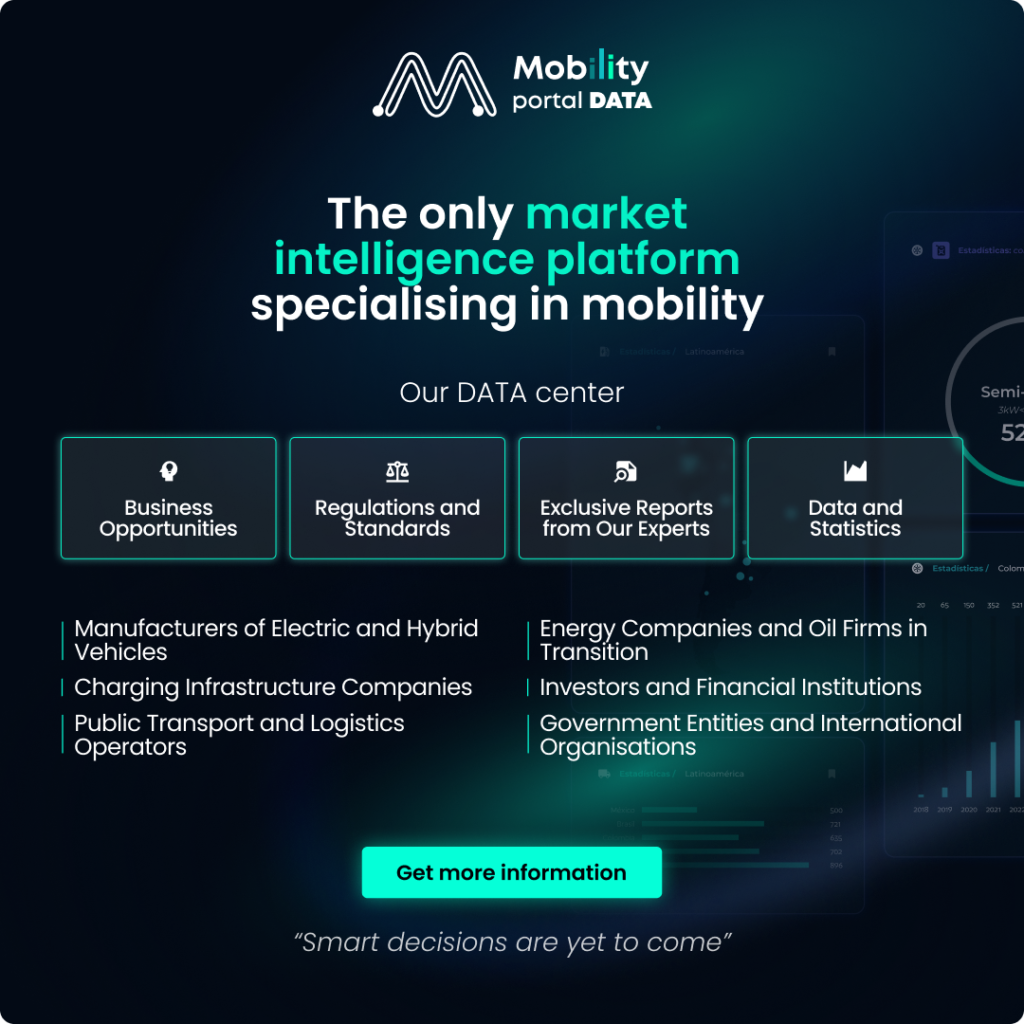The transition to electric mobility in the heavy-duty transport sector has brought both challenges and opportunities for key players in the industry.
In a recent panel on sustainable mobility, representatives from General Motors, Volvo Buses, and CUTCSA shared their perspectives on the progress in fleet electrification and the economic pressures they face on the path to a cleaner future.
A crucial point in the discussion was the pressure for investment to achieve this shift.
Alexandre Selski, Electric Mobility Director at Volvo Buses in Latin America, stated: “Today, we face tremendous pressure on investment.” He was referring to the complex financing needs faced by the heavy-duty transport industry to meet its decarbonisation objectives.
The technological transformation involves high costs, especially for adapting infrastructure and ensuring an efficient energy transition.
Electrification of Heavy-Duty Transport: An Urgent and Costly Change
The need for investment is clear: in the case of CUTCSA, the Uruguayan company that operates bus fleets in Montevideo, the electrification of its fleet has been a gradual but intensive process.

Álvaro Santiago, Deputy General Manager of CUTCSA, confirmed that the company aims to electrify 25% of its fleet by 2040.
“This process has required a significant investment,” he pointed out, with over $100 million committed to infrastructure, such as the construction of charging stations and the adaptation of maintenance workshops.
Santiago emphasised that the challenge lies not only in acquiring electric vehicles for heavy-duty transport but also in managing charging infrastructure and optimising charging times; crucial for maintaining operational efficiency without disrupting transport services.
This process has also required continuous staff training to address the new technology and the operational needs that come with fleet electrification.
General Motors’ Vision: The Future Is Zero Emissions
At General Motors, Claudio Agostini, the company’s General Manager, highlighted the importance of the energy transition for large cities in Latin America.
The company has been investing in electric mobility for decades and sees Uruguay as an example of a successful transition to a more sustainable transport model.
“The future is zero emissions, and Uruguay is a benchmark for this rapid change,” said Agostini, stressing the relevance of this shift towards both heavy and light electric transport.
According to Agostini, General Motors’ strategy is not only focused on fleet electrification but also on promoting a smart mobility system, integrating autonomous vehicles and technological solutions to optimise travel in congested urban areas.

With the development of systems like OnStar, the company aims to reduce travel times and improve the mobility experience for users.
One recurring topic during the panel was multimodality and how high-capacity public transport, such as Bus Rapid Transit (BRT), is an efficient solution for Latin American cities.
According to Sergi, “It is important to have a public policy that is not only government-based but also takes into account long-term projections, such as future energy needs,” he added.
The integration of electric buses into BRT systems is seen as an effective strategy to reduce the carbon footprint and improve efficiency in urban heavy-duty transport.
Such solutions, combined with the use of clean technologies, form a crucial part of the strategy for decarbonising transport in the region.
The path to fully electric heavy-duty transport is not without challenges, particularly regarding the initial investment required for both vehicles and infrastructure.
However, urban sustainability plays a key role in global mobility strategies. In Santiago’s words, the strategy can be summed up in three key words: avoid, change, reduce.
These principles guide heavy-duty transport policies, which are essential in the shift towards promoting more sustainable alternatives.
DISCOVER MOBILITY PORTAL DATA
Discover Mobility Portal Data, a new exclusive market intelligence platform offering reliable data and key reports to support smart decision-making across the automotive sector — covering both combustion and electric vehicles, as well as charging infrastructure.
Research, trend analysis, and neatly organised statistics presented with clarity and precision, alongside up-to-date insights — all just one click away. With Mobility Portal Data, good decisions are on the horizon.
READ MORE
-
Accessing the eMobility Book 2025 is now easier and more straightforward
With over 50 cutting-edge products and services, the 2025 edition of the eMobility Book is firmly established as the go-to guide for charge point operators, fleet managers, tech companies, and public entities leading the shift towards zero-emission mobility. Download it now.
-
DKV Mobility Expands in Central & Eastern Europe with 480+ New Charging Points
Effective immediately, customers using the DKV Card +Charge gain access to approximately 480 additional charge points across six countries: Hungary, Romania, Slovenia, Croatia, the Czech Republic, and Slovakia.
-
Scania rolls out MCS charger with 750 kW for e-trucks
With MCS, Scania’s electric trucks can be charged with up to 750 kW, which is roughly two times faster than today’s CCS2 standard. When will it be commercially available?









